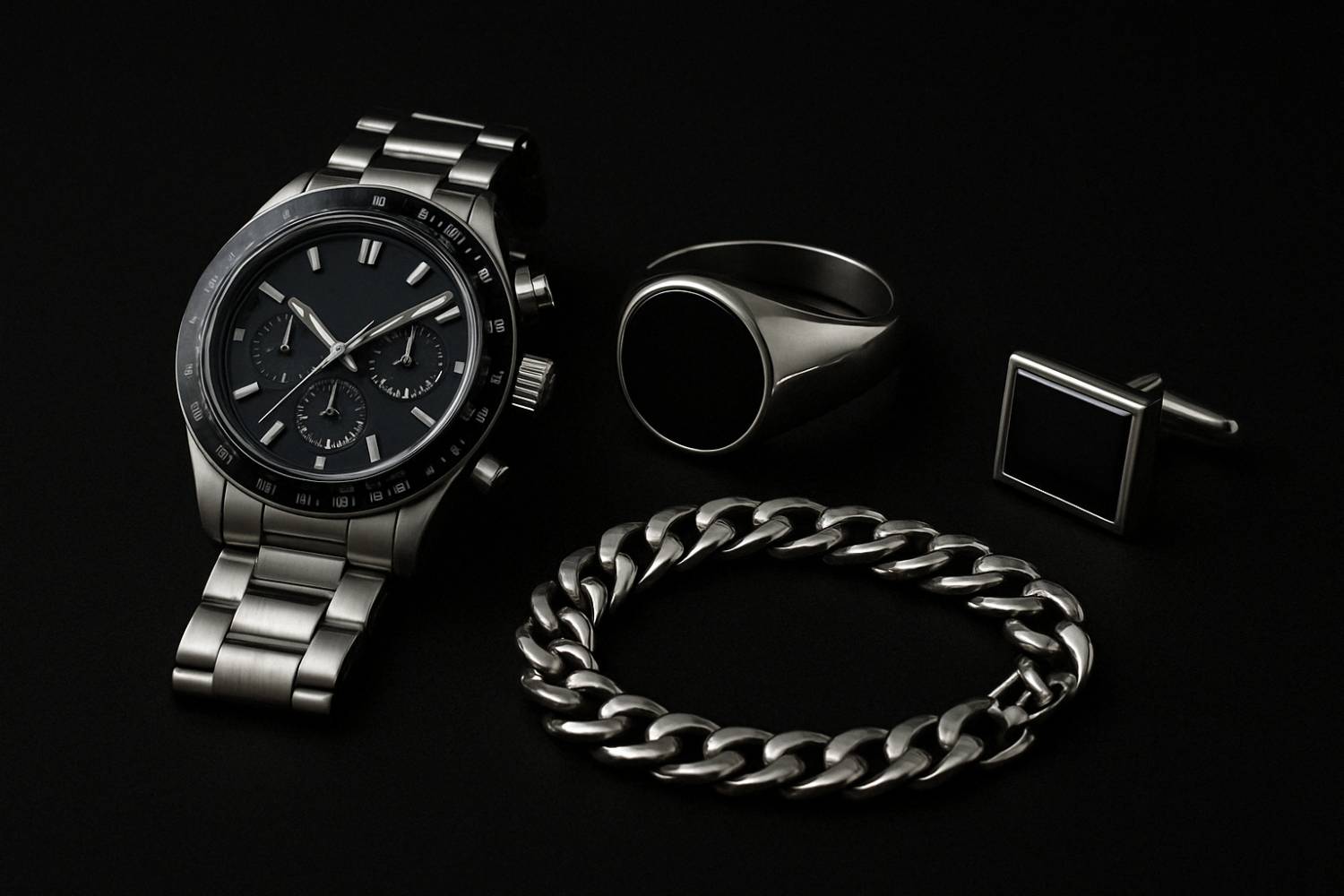In a world where first impressions can define career trajectories, appearance plays a pivotal role. Whether you're presenting to the boardroom, attending a networking event, or leading a negotiation, your style speaks volumes before you say a word. That’s where men’s jewelry — when worn thoughtfully — becomes more than adornment. It becomes part of your personal brand.
But where’s the line between stylish and inappropriate in a corporate context? Can you wear rings, bracelets, or gemstone accents to the office? The short answer: yes — if done right. This article explores how to incorporate jewelry into a business wardrobe with taste, confidence, and purpose.
Why Jewelry in Business Still Matters
While traditional business attire focused on strict minimalism — suits, ties, leather shoes — modern corporate fashion has evolved. Personal expression is encouraged, especially in industries like finance, tech, law, and design. Jewelry, if subtle and meaningful, can elevate professionalism rather than diminish it.
The right piece can:
- Signal sophistication.
- Highlight confidence.
- Reflect personal culture or status.
- Act as a quiet conversation starter.
But just as one wrong word can derail a pitch, the wrong accessory can clash with your image.

The Golden Rules of Business Jewelry
To master the art of jewelry in the professional world, follow these guiding principles:
1. Less is More
Avoid stacking rings, wearing large pendants, or layering bracelets. One or two well-chosen pieces are enough to make an impact without appearing overdone.
2. Go for Quality Over Flash
Gold, silver, platinum, or brushed steel — yes. Loud, overly decorative, or novelty pieces — no. Opt for timeless design and fine craftsmanship over trends.
3. Keep It Neutral
Gemstones, if used, should be muted. Think onyx, lapis lazuli, or dark sapphire over bright rubies or emeralds. These tones pair naturally with classic suiting and offer elegance without distraction.
What’s Acceptable: A Business-Ready Jewelry Guide
Let’s break down the safest and most stylish options for men navigating professional environments:
Watches
The most classic and universally accepted piece. Choose:
- Leather or metal band.
- Simple dial (chronograph or dress watch).
- Avoid digital or bulky sports styles.
Rings
A wedding band is always acceptable. Other rings? Choose:
- Signet rings with family crests or initials.
- Minimal bands in matte metal.
- Avoid gemstone-heavy or oversized designs.
Bracelets
Tread carefully here. Stick to:
- Leather wraps in black or brown.
- Subtle metal cuffs.
- Beaded bracelets with dark stones (hematite, lava, obsidian).
Tip: Bracelets should never make noise when you type or gesture.
Cufflinks & Tie Bars
These are where you can get creative — in moderation.
- Choose geometric, stone-inlay, or brushed metal styles.
- Keep logos and quirky symbols for casual settings.
Necklaces
Optional and always under the shirt.
- Slim chain in gold, silver, or blackened steel.
- A small pendant (like a religious symbol or dog tag) is acceptable if discreet.
What to Avoid at All Costs
Just as important as knowing what to wear is knowing what not to:
- Chunky gold chains;
- Bright or flashy colored gemstones;
- Oversized rings with symbols or initials;
- Too many layers or mixed metals;
- Piercings (depending on company culture).
When in doubt, leave it out — or save it for casual Fridays or off-site events.
Final Thought: Jewelry as a Signature of Intent
Jewelry, in its purest form, is about energy, elegance, and identity. For the modern professional, it can underscore attention to detail and communicate quiet strength. But in the office, it must never overpower the message — it must enhance it.
Done right, men’s jewelry becomes part of your visual handshake. It shows not only who you are, but how well you understand the space you move in.
So, next time you button up your shirt and check your watch before heading into that big meeting — ask yourself: what story is my jewelry telling today? Make sure it’s one worth remembering.


.jpg)
